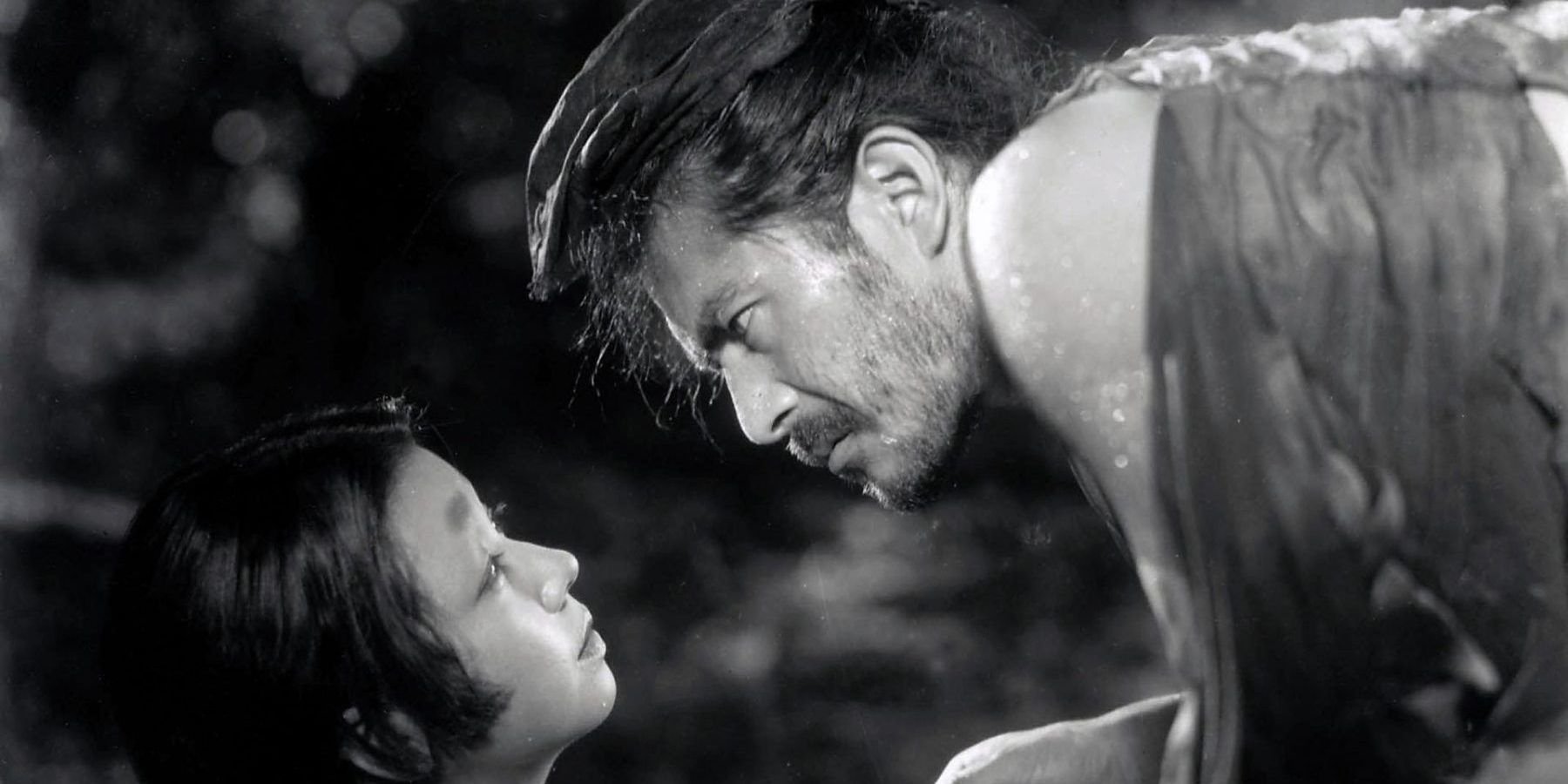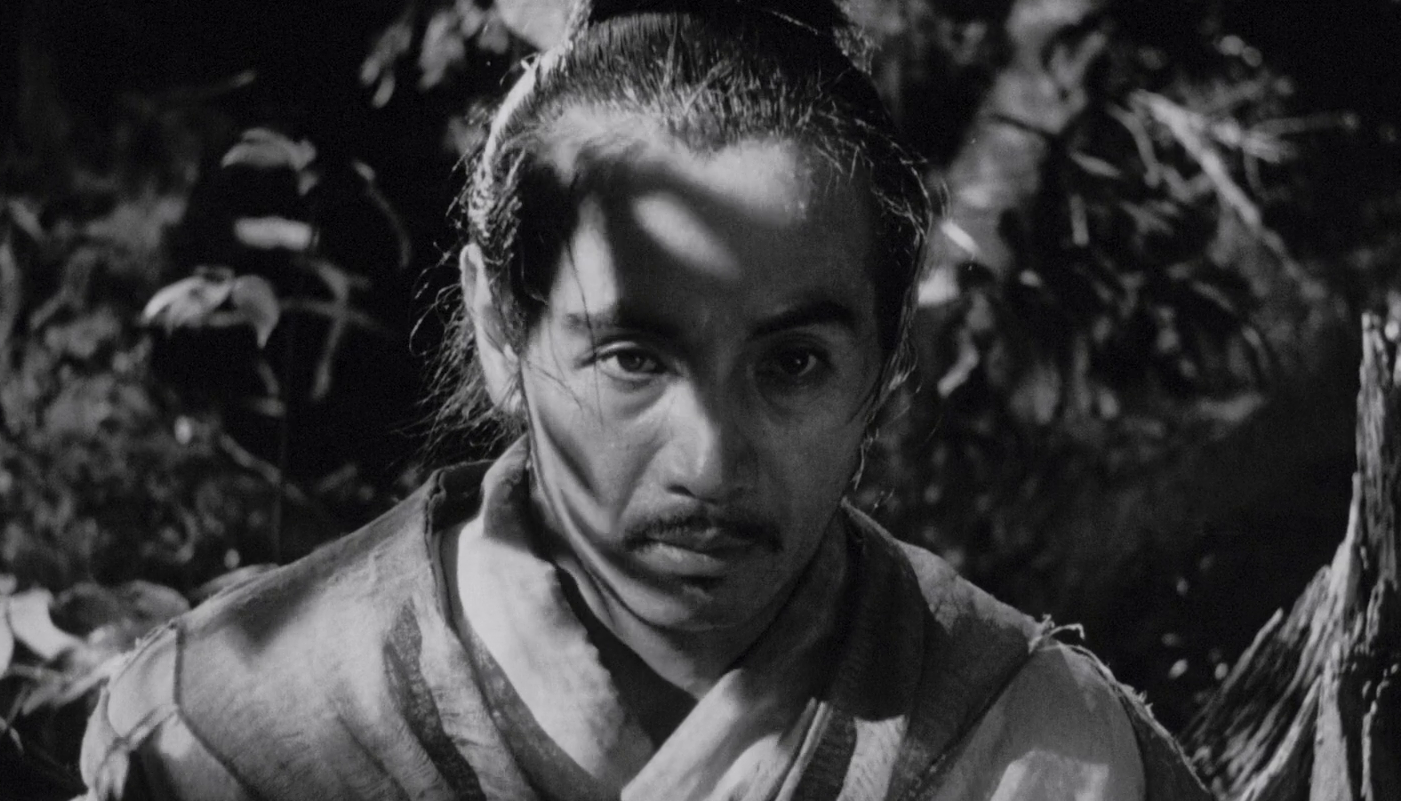While his eclectic filmography ranges from harrowing epics to gritty yakuza dramas, many of Akira Kurosawa's best known and most influential classics are set in Japan's storied past. Among them is 1950's Rashomon, which masterfully weaved between the past and present, as well as multiple points-of-view, to tell the tale of a murder and the events that followed in 8th century Japan. Since that debut 70 years ago today, Rashomon has been influencing how generations of filmmakers use point-of-view and tell stories.
At the start of Rashomon, an unnamed monk and woodcutter take refuge from the rain beneath the titular city gate. While there, they strike up a conversation with a traveler. The woodcutter and monk have both just witnessed a murder trial where three people told their accounts of what happened: the bandit accused of murder, the deceased's widow and the victim himself, channeled through a medium. The woodcutter himself also saw the event and tells his story, though he does not do so at the trial. However, none of the stories line up.
Now, a story entirely about three men having a discussion under a gate hardly sounds exciting, but the presentation of these stories is where the true genius of Rashomon lies. Told entirely through flashbacks, the audience experiences all four stories, exactly how they're seen from the perspective of their teller. As the film makes its way through each differing account, one's understanding of the events only become more fuddled, and the main characters are just as confused.
Right from the film's first words, "I don't understand," Kurosawa makes clear Rashomon will examine subjectivity and perception. This lack of clarity and linearity is Rashomon's greatest strength, and the movie plays into that with these differing perspectives. In these flashbacks, the viewer is introduced to not only three versions of the truth, but three versions of each witness. Their actions and emotions vary wildly enough that one can't even be sure of who they really are or who's more inclined to tell the truth. Rather than giving a clear answer to what happened, the viewer is invited to make their own conclusions. Even the trial's cinematography, which positions the witnesses facing the camera directly, supports this. The viewer is the judge, and the conclusion they reach will be the truth. Without these multiple perspectives and the film's smooth weaving between them, the narrative could not evoke this same feeling from the viewer.
Since the movie's release, many films have used techniques from Rashomon to great effect. One of the best example of this is 1994's Pulp Fiction, Quentin Tarantino's beloved crime flick. In the film, Tarantino weaves through seemingly unrelated times and perspectives to present a story that eventually comes full circle. Elsewhere, other movies, like 1995's The Usual Suspects, have employed the "Rashomon effect," named for the movie's unreliable, contradictory eyewitness accounts.
Rashomon and its narrative techniques inspired countless films by not only showing that movies don't need to focus on a single protagonist or point of view to work, but by pushing the envelope and showing just how unique and creatively the medium could tell a story.


